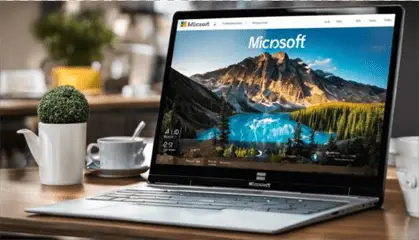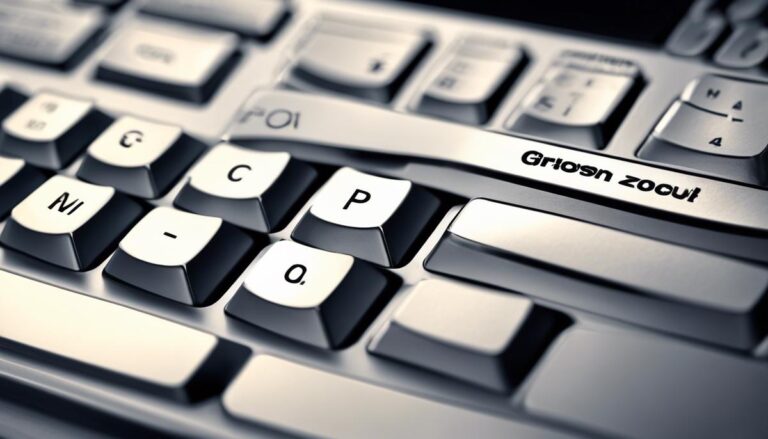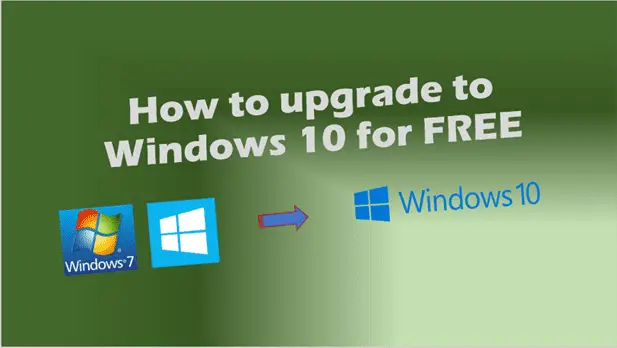Creating Your Own Windows Recovery USB
Step-by-step to creating a Windows Recovery USB. Don’t wait for a disaster to strike!
In the digital age, understanding how to troubleshoot and repair your computer system is a valuable skill. Specifically, knowing how to create and use a Windows recovery USB is a key aspect.
This process comprises several pivotal steps, including obtaining a Windows installation file from Microsoft’s official website, creating a bootable USB using trusted software like Rufus, and eventually using your creation to recover or fix your Windows system in the event of a glitch or crash.
This knowledge not only empowers you to be self-reliant in tech-related issues but also saves you needless expenses and waits for professional help.
Getting a Windows Installation File – Windows recovery USB
The Legal and Right Way to Download a Windows Installation File
Whether you’re prepping for an OS update or looking to switch from another platform to Windows, getting the installation file is your first port of call. In this era of exponential technological leaps, nothing is better than taking full control over your computer and installing a new operation system is a perfect step to achieving this. But how do you get the installation file for Windows legally? Let’s delve into that.
Microsoft’s Official Website: Your Best Bet
The first place you’d want to hit is the official Microsoft site. It’s the most straightforward platform to download all Windows-related files legally. There you can find every Windows version from Windows 7 to the recently released Windows 11.
It is critical to note that while downloading the installation file is absolutely free, activating Windows beyond the trial period isn’t. Microsoft offers Windows licenses for a fee, but you’re free to get and run Windows on your rig for a certain period.
Steps to Download
Start by opening your preferred web browser and navigate to the Windows download section of Microsoft’s official website. Click the ‘Download Tool’, then ‘Download Tool Now.’ This will download the ‘Media Creation Tool’, which substantially simplifies the process of getting the Windows installation file you need.
After the tool is downloaded, open it, and you will see two options: ‘Upgrade this PC now’ and ‘Create installation media (USB flash drive, DVD, or ISO file) for another PC’. Choose the latter.
Following this, you have to select the desired language, Windows edition, and the architecture (either 32-bit, 64-bit, or both) of the Operating System. Hit ‘Next’ after making your selections.
On the next screen, choose ‘ISO file’ and then click ‘Next’. You should then choose a location to save the file. Your Windows ISO file will then begin to download.
Post-download Moves
Once you have the Windows installation file, you can burn it onto a DVD or create a bootable USB drive. This will help you install Windows on any machine.
Remember, every copy of Windows must be activated to get the most out of it and stay legal. Keep in mind that you will need to purchase a Windows key from Microsoft or an authorized retailer.
In summary, the advancement in tech provides us the luxury of keyboard tapping to access almost everything – including getting a legitimate Windows installation file. Microsoft’s official website is the place to get it.
Be aware that while getting the installation file is free, fully activating Windows is not. A paid license is an obligatory pursuit to legally enjoy the whole kit and caboodle of a Windows Operating System.

Creating a Bootable USB – Windows recovery USB
After ensuring that you’ve downloaded a legal Windows installation file from Microsoft’s official website using the Media Creation Tool, it’s time to proceed towards making a bootable USB drive. Keep in mind that the license still needs to be purchased to activate Windows, but for now, the focus is on creating a USB that can boot up a Windows installation module.
First things first, you will need a blank USB flash drive. Remember that the process will delete all existing content on it, so make sure to back-up any data. USB flash drives of 8GB or larger are recommended to ensure there is enough space for the Windows installation file.
The next step involves a handy tool called Rufus, a lightweight, free software that creates bootable USB drives efficiently. It’s available for download from its official website, https://rufus.ie/. After downloading, open it, and no installation is required since it’s a ‘run-only’ application.
Now, plug in your USB drive to your computer. Rufus automatically detects plugged-in USBs. Keep in mind not to remove the USB during the entire process as it can cause errors.
When Rufus is ready, you’ll first need to choose the USB drive that you’ve plugged in if it’s not already selected. Following that, click on the ‘Select’ button, navigate to the location where the Windows ISO file is saved, and select it.
Next, make sure that ‘MBR’ (Master Boot Record) is selected as the Partition Scheme. The Target System should automatically be set to BIOS or UEFI. If it isn’t, change it.
Then, under the Format Options, choose ‘NTFS’ as the File System and ‘Default’ as the Cluster Size. You can rename the New Volume Label to anything you like, such as ‘Windows 10 Installer’.
Lastly, click on the ‘Start’ button and Rufus will start creating a bootable USB drive. It will erase the USB contents, format it, and recreate the bootable drive from scratch with your chosen Windows OS.
Upon completion, the USB drive will be fully bootable with loaded Windows installation files. You can use this to install Windows on any device that supports booting from USB.
Just one thing before you go – remember to safely eject the USB drive to prevent any data corruption.
In conclusion, going with a bootable USB provides you a reliable, reusable, and efficient tool for reinstalling your Windows OS. Meanwhile, always ensure you follow the law by purchasing your Windows licenses appropriately. Happy booting!

Recovery Process Using the USB
(Windows recovery USB)
Now that the bootable USB is ready, the next step in the recovery process is to use it for reinstalling for a Windows system. As every tech enthusiast knows, the reboot process can be a lifesaver when a system gets corrupt or fails to start, therein ensuring continuity, productivity, and optimization of system performance.
To use your bootable USB, the first thing to do is to connect it to the PC that needs recovery. Once it is connected, restart the machine. As the system reboots, it’s essential to enter the BIOS (Basic Input/Output System). To do this, pressing the designated key (often F2, F10, or the delete key depending on the machine manufacturer) is mandatory as the computer displays the startup screen. Timing is crucial at this stage.
Once inside the BIOS, navigate to the boot order menu. Different BIOS versions have varying designs, but they all contain the boot order option. Adjust the settings to allow the system to boot from the USB drive. This can be executed by moving the drive to the top of the list using assigned keys.
Post this task, save the changes and exit the BIOS. Remember, unsaved changes wouldn’t reflect the new boot order, rendering the adjustments futile. This step would commonly involve pressing the F10 key.
After exiting the BIOS, the system should automatically reboot. This time, it should boot from the USB drive. The process should lead to a Setup screen where it becomes possible to install a fresh Windows system using the data stored on your bootable USB drive.
Once you’ve clicked through the setup process, you’ll reach a part where you can select the ‘Custom Install Windows only (advanced)’ option. This stage is where the magic happens. It allows for a clean installation of the new Windows version, devoid of errors, bugs, or remnants of the previous system.
When the Windows Setup prompts you to choose where to install Windows, if there are multiple partitions on the computer, consider the ‘Drive Options (advanced)’ to delete any partitions. Post the deletion, the system would display the drive as Unallocated Space. Select that option to continue with the installation.
Following these steps correctly, the system would then install the fresh Windows OS onto the device. Post-installation, you can restore any saved data and install necessary applications.
Evidently, a successful creation of a recovery USB combined with a comprehensive understanding and execution of the recovery process can transition a frustrating, unresponsive computer to a rejuvenated, efficient system.
Embrace this era of fast-paced technological advancement and self-reliance, and leverage tools and techniques that ensure consistent productivity and smooth troubleshooting.
Microsoft’s official media and tools, in conjunction with other robust software such as Rufus, join forces to uphold the drive and passion of tech enthusiasts worldwide.
Conclusion – Windows recovery USB
As we dive deeper into the digital era, being tech-savvy is becoming increasingly crucial. With such a guide at your disposal, you’ll be able to create a recovery USB effectively, becoming your own troubleshooter when the need arises.
By mastering how to download a legitimate Windows installation file, wield utilities like Rufus to convert an ordinary USB into a powerful recovery tool, and navigate the recovery process using this tool, you will have taken significant strides on a journey towards a greater level of digital proficiency.
This skill can serve as a handy safety net, providing you with peace of mind and minimizing downtime due to system disruptions.






